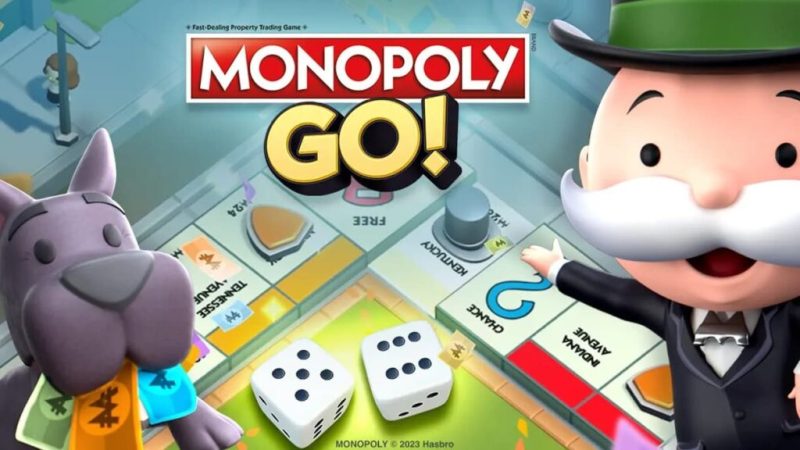Through the smoke: the Rise of cigar-Smoking superheroes in comics

|
Getting your Trinity Audio player ready...
|
Since the early 20th century, comic books have captured the imagination of millions worldwide. With their vivid illustrations and larger-than-life characters, they’ve become a quintessential part of pop culture.
Introduction to the emerging trend of cigar-smoking superheroes
In the bustling world of comic books, creativity knows no bounds. From the mighty demigods to stealthy ninjas, comic creators have always sought to innovate and captivate the audiences with intriguing personas. Among the plethora of superheroes, a relatively new and quite unorthodox trend is catching the attention of comic book enthusiasts: the cigar-smoking superheroes.
The genre is also indicative of how adaptable and imaginative the comic book industry culture and history, this new breed of heroes is richer and more diverse. Let’s dive into a few examples of these audacious characters:
Captain Cohiba
Clad in a suit adorned with tobacco leaves, Captain Cohiba is the epitome of sophistication. His powers stem from an ancient Cuban tobacco strain, once smoked by mighty warriors. His cigars grant him enhanced strength, agility, and the power to manipulate plant life. The character pays homage to Cohiba, a renowned Cuban cigar brand.
Madame Montecristo
Drawing inspiration from another iconic cigar brand, Montecristo, Madame Montecristo is a mysterious and elegant character. She uses enchanted cigars that, when smoked, allow her to manipulate time and foresee future events. The mystique of her character is reminiscent of the tales of Count of Monte Cristo, cleverly entwined with cigar culture.
Sir Smoke-a-Lot
A gentleman and an adventurer, Sir Smoke-a-Lot’s cigars are imbued with the essence of ancient spirits. Each puff can summon elemental powers based on the tobacco’s origin. A Caribbean blend calls forth water control while an African blend gives him command over earth and rock.
The Ashen Avenger
This vigilante character has an assortment of cigars, each granting him different smoke-based abilities. From creating smoke screens and illusions to manipulating the density of smoke for both offense and defense, The Ashen Avenger is a master of stealth and cunning.
The historical relationship between tobacco and popular culture
Historically, tobacco has had a prominent presence in pop culture, symbolizing everything from sophistication to rebellion. Its incorporation into comics as a source of strength is a unique twist.
| Time Period | Tobacco Use and Representation | Influence on Popular Culture |
|---|---|---|
| Pre-15th Century | Indigenous peoples in the Americas used tobacco in ceremonial and medicinal contexts. | Established the cultural significance of tobacco among indigenous peoples. |
| 16th – 17th Century | Europeans adopted tobacco after the discovery of the Americas. Smoking pipes and snuff became popular. | Tobacco was portrayed as exotic and medicinal. It gained popularity among the European elite. |
| 18th – 19th Century | Mass production of cigars and cigarettes began. Tobacco use spread across all classes. | Tobacco was associated with socializing and relaxation. Characters in literature and art were often depicted with pipes and cigars. |
| Early 20th Century | Cigarettes became widely popular. Film and advertisements often featured smoking. | Smoking was associated with glamour, sophistication, and masculinity in films and advertising. Hollywood stars often endorsed cigarette brands. |
| Mid 20th Century | The health risks of smoking started to emerge. | While still glamorized, the first criticisms and health concerns started to impact tobacco’s image in popular culture. |
| Late 20th Century | Anti-smoking campaigns gained momentum. Advertising restrictions were put in place. | Smoking began to be associated with rebellion. Characters in films who smoked were often portrayed as rebellious or troubled. |
| Early 21st Century | Further decline in smoking due to health concerns. Rise of alternatives like e-cigarettes. | Smoking in popular culture became less common. Characters who smoked were often depicted as part of historical or gritty narratives. |
| Present Day | Smoking is largely seen as a health risk. Niche markets for cigars and e-cigarettes still exist. | Tobacco is now often used symbolically in media, reflecting themes of nostalgia, rebellion, or historical context. The rise of cigar-smoking superheroes reflects an imaginative twist on tobacco’s representation. |
This table offers a condensed overview of the historical relationship between tobacco and popular culture. From its early medicinal and ceremonial uses to its evolution into a symbol of both glamour and rebellion, tobacco has had a diverse and evolving impact on the world of art, film, literature, and now, comic books.
The Evolution of Cigar-Smoking Characters in Comics
The portrayal of cigar-smoking characters in comics has undergone a remarkable evolution, mirroring the shifting perceptions and cultural significance of tobacco in society. This evolution has taken the characters from background figures to central characters with distinct personas linked to their cigar-smoking habits.
Early Depictions in the Golden Age of Comics
In the Golden Age of Comics (late 1930s to early 1950s), cigar-smoking characters were usually background figures, often depicted as authority figures, journalists, or mobsters. The use of cigars was aimed at portraying wealth, power, or ruggedness.
For instance, Perry White, the editor of the Daily Planet in Superman comics, was frequently depicted with a cigar, symbolizing his position of authority and fast-paced journalistic environment.
Silver Age – Transition and Experimentation
During the Silver Age of Comics (mid-1950s to early 1970s), as comic storytelling evolved, the depiction of cigar-smoking characters started diversifying. They were now not just background figures but also included anti-heroes and mentors.
Nick Fury, the head of S.H.I.E.L.D., is an iconic example from this era, frequently depicted with a cigar, reflecting his war veteran background and no-nonsense attitude.
Bronze Age – Complex Characters
The Bronze Age of Comics (early 1970s to mid-1980s) saw more complex storytelling and darker themes. Cigar-smoking characters were depicted with more depth, and their smoking was sometimes used as a character-defining trait.
Wolverine from the X-Men is an iconic character from this era. His cigar-smoking habit was often used to highlight his rugged, wild, and rebellious nature.
Modern Age – Reflections of Changing Societal Attitudes
In the Modern Age of Comics (mid-1980s to present), societal attitudes towards smoking have greatly shifted, and this was reflected in the comics. Smoking was portrayed less frequently, and when it did appear, it was often in a historical context or used to depict a character’s flaws.
However, in the last few years, we see a unique spin in this evolving narrative – cigar-smoking characters who derive their superpowers from smoking cigars. This inventive blend of tobacco culture and superhero mythology heralds a new chapter in the evolution of cigar-smoking characters in comics.
This new breed, like Captain Cohiba and Madame Montecristo, as previously mentioned, has turned cigars into artifacts, and smoking into an act of empowerment.
Public Reception and Impact
- Enthusiasm for Originality: fans of comic books have expressed excitement over the originality and uniqueness of cigar-smoking superheroes, praising the inventive blend of tobacco culture with fantasy elements.
- Nostalgia: some older readers appreciate the nod to classic characters like Nick Fury and Wolverine, who were known for their cigar-smoking habits, and see these new characters as a modern continuation of that tradition.
- Cultural Connection: cigar enthusiasts find a sense of cultural connection with these characters, seeing the emphasis on various types of cigars as an appreciation of cigar heritage and craftsmanship.
- Criticism for Tobacco Glamorization: however, there is also criticism and concern from health advocates and parents who believe that portraying tobacco use in a positive light, especially in a medium popular with young audiences, could glamorize smoking.
Industry Impact
- Increased Interest in Cigars: the cigar industry has experienced an increase in interest, particularly among comic book fans, with some companies even releasing limited-edition cigars tied to these characters.
- Merchandising Opportunities: there have been new merchandising opportunities, such as action figures, posters, and apparel, based on these cigar-smoking superheroes.
- Dialogue on Tobacco Representation: the trend has sparked dialogue and discussions on the representation of tobacco in media, especially in comic books, and has brought attention to the historical and cultural aspects of tobacco.
Last remarks
The emergence of cigar-smoking superheroes in comics represents an intriguing intersection of creativity and culture. Fans have embraced the innovative storytelling and the nod to classic characters, while cigar enthusiasts appreciate the representation of tobacco heritage.
However, this trend also faces criticism for potentially glamorizing tobacco use, particularly among the younger audience.
Notably, the cigar industry has seen an increase in interest and has capitalized on merchandising opportunities. Perhaps most importantly, these characters have sparked a crucial dialogue on tobacco representation in media.
For those intrigued by the cultural heritage of cigars, the increased interest in tobacco through these characters can be an opportunity to explore high-quality cigar accessories at: humidor-station.com.
In summary, as cigar-smoking superheroes carve their niche, it’s vital that creators and consumers alike remain cognizant of the impact and responsibilities of portraying tobacco in comics. The trend stands as a testament to the evolving nature of comic books and the continuous dialogue between art and society.






